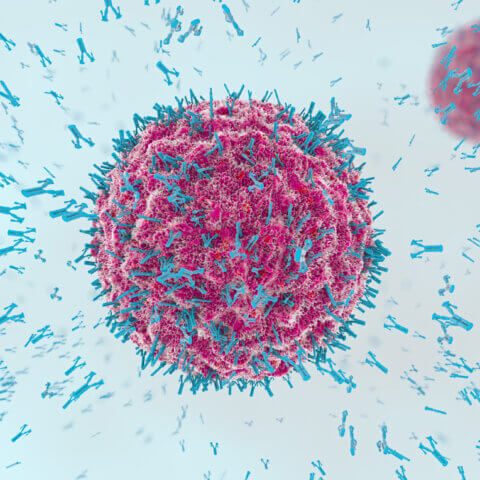In recent years, the gene therapy regulatory landscape has evolved from a broad, general guidance to a narrower focus on testing and manufacturing considerations in specific disease states. This article explores how factors such as environmental risk assessment and biosafety can impact gene therapy clinical study start-up as well as the continuing evolution of guidances from the European Medicines Agency (EMA) and US Food and Drug Administration (FDA).
Tracking the complexity in the global regulatory landscape
The regulatory landscape in the United Kingdom (UK) and European Union (EU) is increasingly complex, reflecting the advancement of gene therapy research. Aside from the EMA, a gene therapy product will have to undergo review by individual member states’ competent authorities (CAs), ethics committees (ECs), and/or genetically modified organism (GMO) authorities. To ease the complexity, the EMA has created the Committee of Advanced Therapies (CAT), whose responsibilities include providing scientific recommendations on the classification of advanced therapy medicinal products (ATMPs) as gene therapy medicinal products (GTMPs), somatic cell-therapy medicinal products (sCTMPs), tissue-engineered medicines (TEPs), or combinations thereof.

 Webinar
Webinar 


 Perspectives Blog
Perspectives Blog 